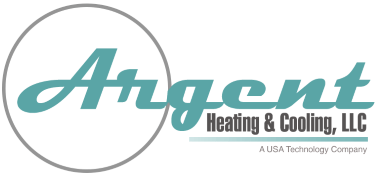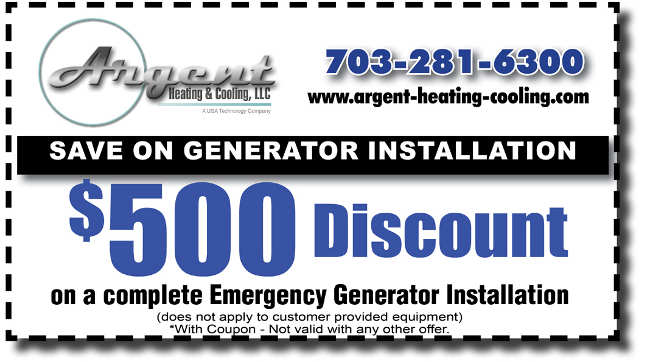If you have buttoned up your home to seal off air leaks, you are saving energy and money.
But sealing the house can make it an unhealthy place to breathe. Some contaminants that have no place to go in an airtight house include:
• formaldehyde (a component of many home furnishings),
• volatile organic compounds (from cleaning solvents)
• mold, mites and other pollutants
• maybe even radon
So, should you live in a drafty house? Not necessarily. There does not have to be a large trade-off between energy efficiency and a healthy indoor environment.
Proper ventilation will help prevent mold growth especially in basements and crawl spaces. Even if you don’t spend much time in these places, enclosed spaces can collect moisture and breed mold spores, which will travel to living areas. Damp air and moldy odors will alert you to the presence of moisture in the home.
Some solutions to moisture control:
Exhaust fans are important in ventilating high moisture bathrooms and laundry rooms – our sales staff can give you suggestions for even those rooms that cannot be vented to the outside.
Air cleaners can remove harmful particles from interior air. Air cleaners include furnace filters, electronic air cleaners and ion generators. Dome air cleaners can remove gaseous pollutants.
UV lights in air handler units can kill mold on the coils in your HVAC system
Ceiling fans and, especially, attic fans are another way to reduce moisture and your summer cooling bill. On a 90-degree day, attics can get as hot as 150 degrees. Moisture in your home can migrate to the attic. Over time this can damage insulation and building materials, as well as lead to mold growth.
High heat and humidity will be here soon! If you have a problem with moisture and mold odors, now is the time to give us a call. Contact info@ argent–heating–cooling.com to request a free estimate on ventilation equipment.


